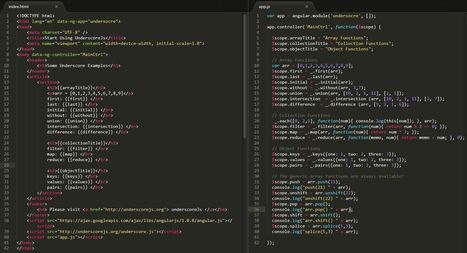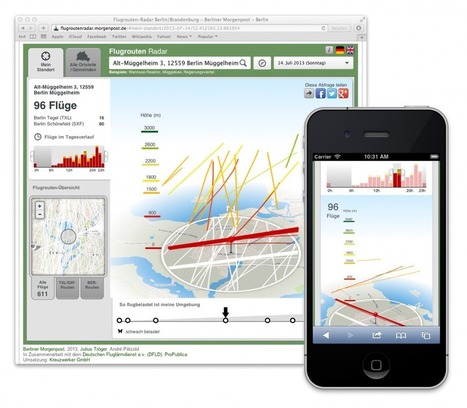Ramda: “a practical functional library for Javascript programmers.”
There are already some excellent libraries with a functional flavor, such as Underscore and Lodash. Ramda includes all of the favorite list-manipulation functions you expect, e.g. map, filter, reduce, find, etc. But Ramda is significantly different from libraries like Underscore and Lodash. The primary distinguishing features of Ramda are:
* Ramda takes the function first, and the data last.
* Ramda methods are automatically curried.




 Your new post is loading...
Your new post is loading...












https://rawgit.com/CrossEye/ramda/master/docs/ramda.html